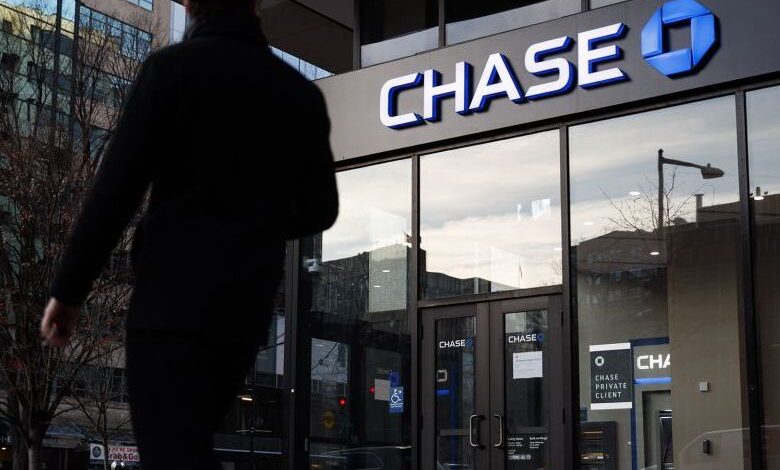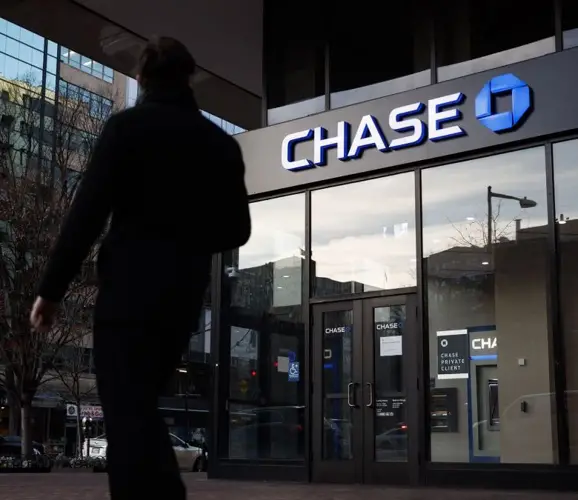Can You Electronically Deposit a Money Order? Explained


Are you tired of visiting a bank or money order issuer to deposit your money orders physically? Fortunately, electronic deposit options are now available for money orders. In this article, we will discuss the process of electronically depositing a money order, including its benefits, limitations, and restrictions.
Electronic Money Order Deposit Explained
Electronic Money Order (EMO) deposit is a service that allows you to deposit a money order electronically into your checking or savings account through online banking or mobile apps provided by banks and other financial institutions.
Benefits of Depositing Money Orders Electronically
Electronic deposits offer several advantages over traditional physical deposits. Firstly, it saves time as you don’t have to visit a bank or issuer to deposit your money order physically. Secondly, it’s more convenient as you can deposit money orders anytime and anywhere using your computer or smartphone. Lastly, it’s easier to track your transactions since electronic deposits generate receipts and provide real-time updates.
How to Electronically Deposit a Money Order Online
To electronically deposit a money order online, follow these instructions:
- Log in to your online banking account.
- Select “Deposit” or “Deposit Check/Money Order.”
- Choose the account where the funds will be deposited.
- Enter the amount of the money order and the money order number.
- Scan or take a photo of the front and back of the money order.
- Click “Submit.”
Instructions for Depositing a Money Order through Mobile App
To electronically deposit a money order using a mobile app, follow these instructions:
- Open the mobile app and log in to your account.
- Go to the “Deposit” section.
- Select the account where the funds will be deposited.
- Enter the amount of the money order and the money order number.
- Take a photo of the front and back of the money order.
- Click “Submit.”
Banks that offer Electronic Money Order Deposits
Not all banks and financial institutions offer EMO deposit services, so it’s essential to check if your bank provides this service before attempting to deposit electronically. Some of the banks that offer EMO deposits include Bank of America, Chase, Wells Fargo, and USAA.
Fees Associated with Electronic Money Order Deposits
Most banks don’t charge any fees for electronic money order deposits, but it’s essential to verify this with your bank. If there are any fees involved, they may vary depending on the bank.
Limitations and Restrictions of Electronic Money Order Deposits
While electronic money order deposits are convenient, they do come with some limitations and restrictions. Most banks have a cap on the maximum amount you can deposit electronically. Additionally, there may be restrictions on the type of accounts that can receive electronic deposits, such as savings accounts.
Ensuring Security when Depositing Money Orders Electronically
Electronic deposits are generally secure, but it’s essential to take necessary precautions to protect yourself from fraudsters and scammers. You should only deposit money orders from trusted sources, avoid depositing them in public places, and always log out of your account after completing the transaction.
What to Do if your Electronic Money Order Deposit Fails?
If your electronic deposit fails, contact your bank’s customer support immediately. They will provide guidance on how to rectify the issue.
Comparison between Traditional and Electronic Money Order Deposits
In conclusion, electronic money order deposits offer a convenient alternative to traditional physical deposits. While both methods have their advantages and disadvantages, electronic deposits save time, offer more convenience, and allow for easier tracking of transactions.
Comparison between Traditional and Electronic Money Order Deposits
When it comes to depositing money orders, there are two main options available: traditional physical deposits and electronic deposits. While both methods have their pros and cons, there are some key differences that make one option more favorable than the other depending on your needs.
Traditional Physical Deposits
Traditional money order deposits involve physically taking the money order to a bank or post office and filling out a deposit form. This can be time-consuming and often requires waiting in line. Additionally, tracking the transaction can be difficult since you will rely on the receipt as proof of payment.
On the other hand, traditional deposits may be a better option for those who do not have access to technology or feel more comfortable with physical transactions.
Electronic Deposits
Electronic money order deposits allow you to deposit money orders from the comfort of your home using your computer or smartphone. This method is more convenient since it saves time and eliminates the need to physically go to a bank or post office. Additionally, electronic deposits provide easy tracking of transactions since they generate an automatic confirmation.
However, electronic deposits require access to technology and may not be accessible to everyone. Moreover, there may be potential security concerns when sharing sensitive information online.
In conclusion, electronic money order deposits offer a convenient alternative to traditional physical deposits. While both methods have their advantages and disadvantages, electronic deposits save time, offer more convenience, and allow for easier tracking of transactions. Ultimately, the best option depends on individual preferences and circumstances.On the other hand, traditional deposits may be a better option for those who do not have access to technology or feel more comfortable with physical transactions.
Electronic Deposits
Electronic money order deposits allow you to deposit money orders from the comfort of your home using your computer or smartphone. This method is more convenient since it saves time and eliminates the need to physically go to a bank or post office. Additionally, electronic deposits provide easy tracking of transactions since they generate an automatic confirmation.
However, electronic deposits require access to technology and may not be accessible to everyone. Moreover, there may be potential security concerns when sharing sensitive information online.
In conclusion, electronic money order deposits offer a convenient alternative to traditional physical deposits. While both methods have their advantages and disadvantages, electronic deposits save time, offer more convenience, and allow for easier tracking of transactions. Ultimately, the best option depends on individual preferences and circumstances.Electronic money order deposits are a convenient and time-saving alternative to traditional physical deposits. It allows for easy tracking of transactions and generates automatic confirmation, which is an advantage over traditional methods. However, it requires access to technology and may pose potential security concerns while sharing sensitive information online. Ultimately, the choice between electronic and traditional deposits depends on individual preferences and circumstances.



